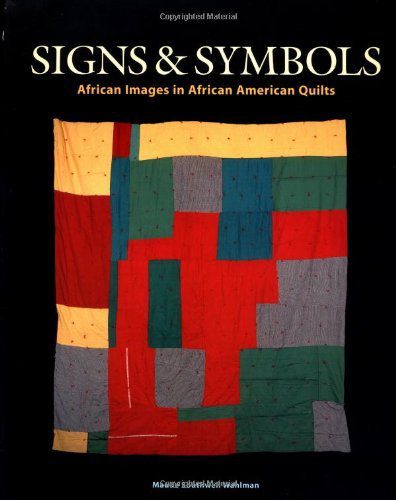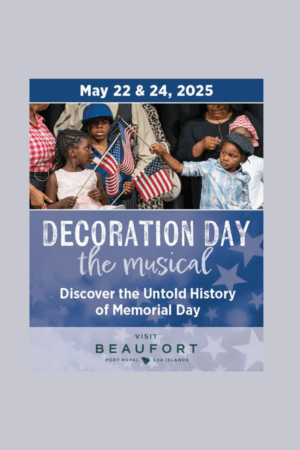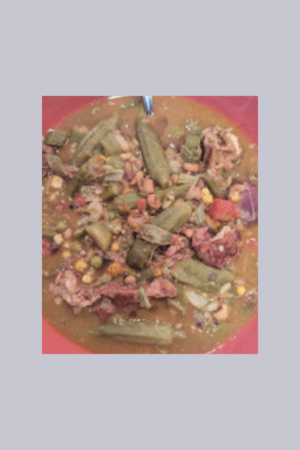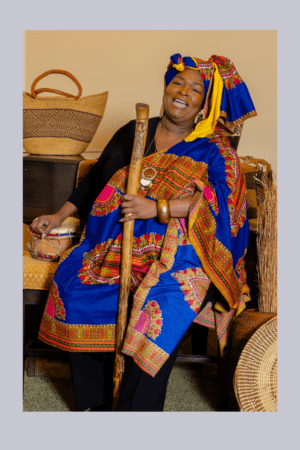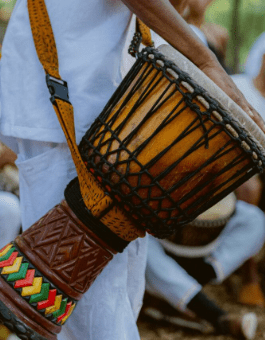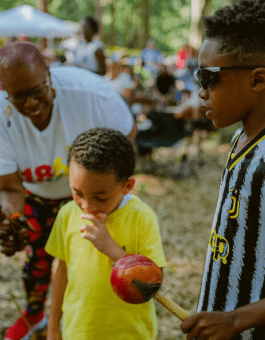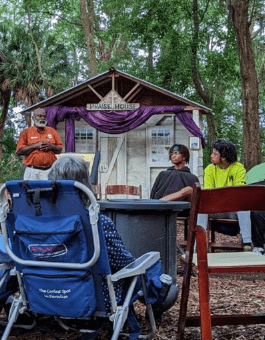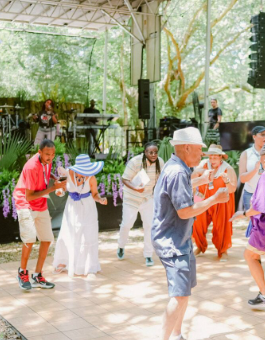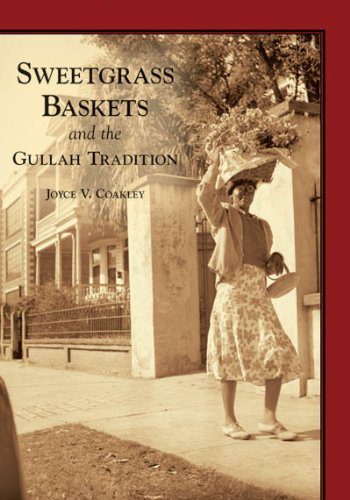
Do you love crafting and DIY? Of course, you do, you are a Black Southern Belle. For as long as I can remember, there were always women in my life making fun and unique crafts. If you want to learn more about the roots of crafting, theseA�5 Books About African American Artisans and Crafting are the perfect way to get started. These books are a perfect way to add decor to your home and also learn a little history at the same time.
5 Books About African American Artisans and Crafting
Crafting Lives: African American Artisans in New Bern, North Carolina, 1770-1900A�
From the colonial period onward, black artisans in southern cities–thousands of free and enslaved carpenters, coopers, dressmakers, blacksmiths, saddlers, shoemakers, bricklayers, shipwrights, cabinetmakers, tailors, and others–played vital roles in their communities. Yet only a very few black craftspeople have gained popular and scholarly attention. Catherine W. Bishir remedies this oversight by offering an in-depth portrayal of urban African American artisans in the small but important port city of New Bern. In so doing, she highlights the community’s often unrecognized importance in the history of nineteenth-century black life.A�
Drawing upon myriad sources, Bishir brings to life men and women who employed their trade skills, sense of purpose, and community relationships to work for liberty and self-sufficiency, to establish and protect their families, and to assume leadership in churches and associations and in New Bern’s dynamic political life during and after the Civil War. Focusing on their words and actions,A�Crafting Livesprovides a new understanding of urban southern black artisans’ unique place in the larger picture of American artisan identity

Stitching Stars: The Story Quilts of Harriet Powers (African-American Artists and Artisans)
An illustrated biography of the African American quilter who made quilts of her favorite Bible stories and folktales
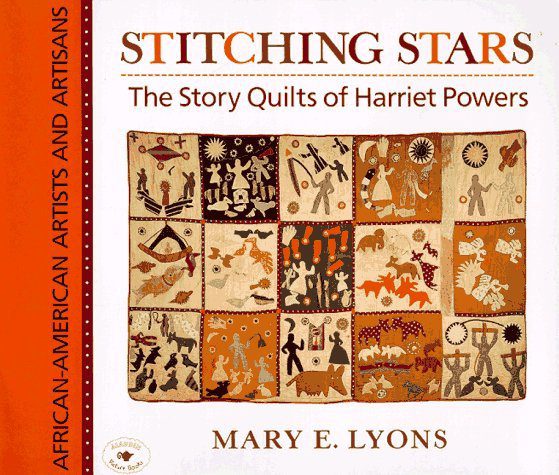
Master of Mahogany: Tom Day, Free Black Cabinetmaker (African-American Artists and Artisans)
Examines the life and work of master cabinetmaker Tom Day, a free, literate African-American craftsman whose distinctive furniture was much prized in antebellum North Carolina.

Sweetgrass Baskets and the Gullah Tradition (SC) (Images of America)
The ancient African art of sweetgrass basket making has been practiced for more than 300 years in the Christ Church Parish of Mount Pleasant, South Carolina. Seen on the roadways of Charleston County and in museums and galleries worldwide, these unique handmade baskets are crafted from sweetgrass, bullrush, pine needles, and palm leaves. Traditionally, artisans use a piece of the rib bone of a cow and a pair of scissors as their only tools for construction. When English settlers founded Christ Church Parish in the late 1600s, they saw a place rich in natural beauty and ideal for harvesting rice, cotton, and indigo. Skilled agricultural laborers were needed, and consequently, South Carolina became the top importer of enslaved West Africans. Finding a landscape similar to their homeland, those who came kept many of their traditional practices. Today, the richness of the West African presence can be seen in Charleston’s architecture, basketry, and ironworks.

Signs and Symbols: African Images in African American Quilts (2nd Edition)
African-American quilts possess two unique qualities: more than any other American visual art, they most fully realize the expressive force of jazz, and they bind together generations of African-American families who have made and cherished quilts. In Signs and Symbols, quilt expert Maude Southwell Wahlman introduces readers to a third powerful force in these quilts: their African-derived meanings, patterns, and iconography. She explores the religious, ritual, philosophical, and aesthetic beliefs that have been retained by descendants of Africans in the New World and demonstrates how these beliefs are represented in their textiles. Now back in print, Signs and Symbols remains the most complete illustrated work on this art form; featuring over 150 high-quality full-color reproductions.
